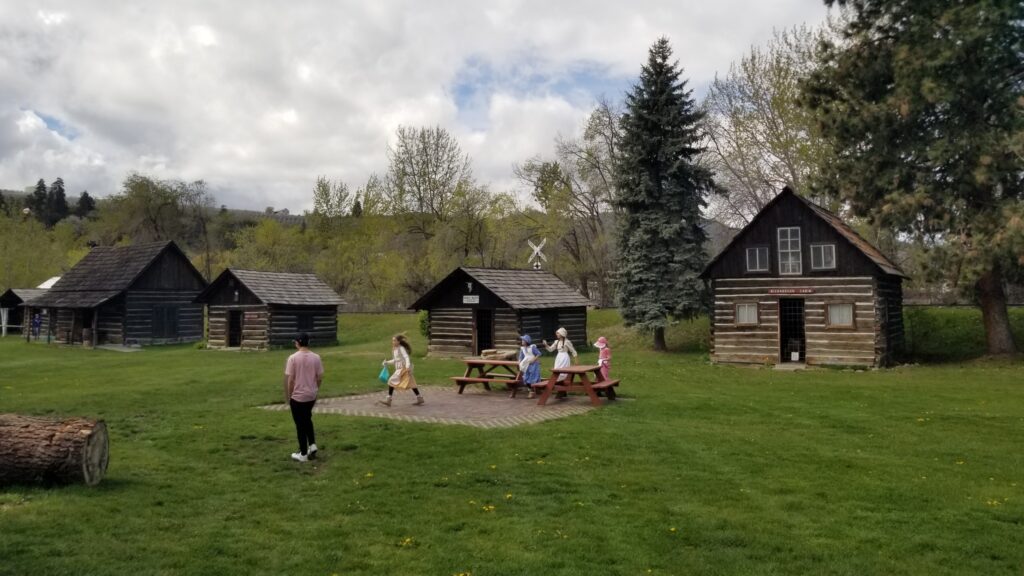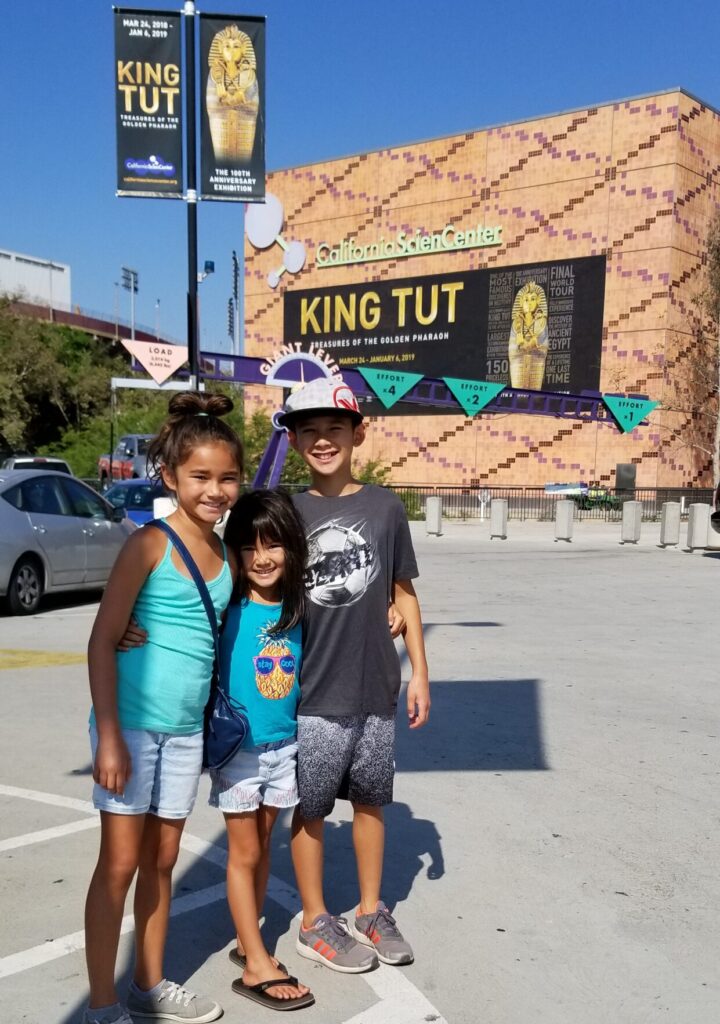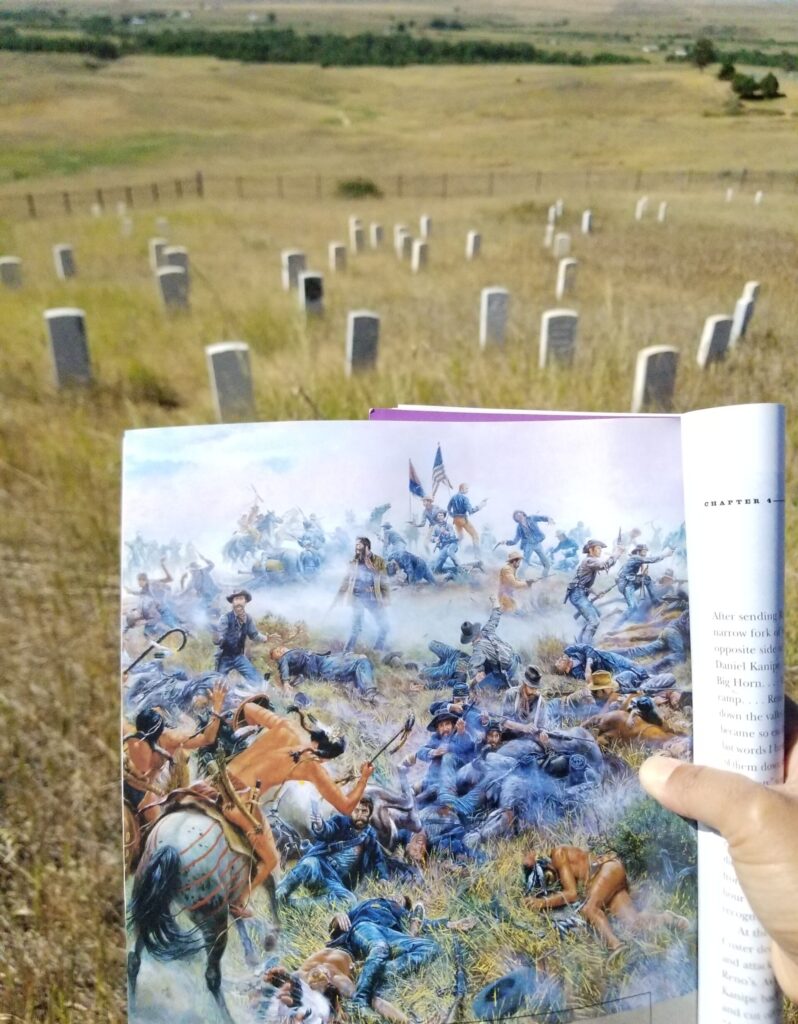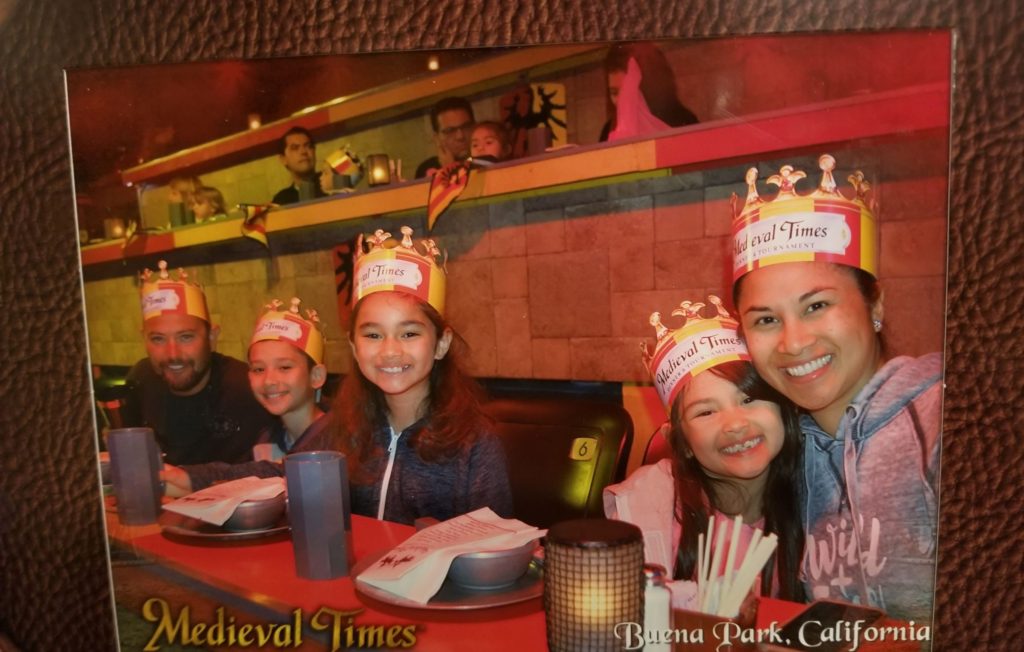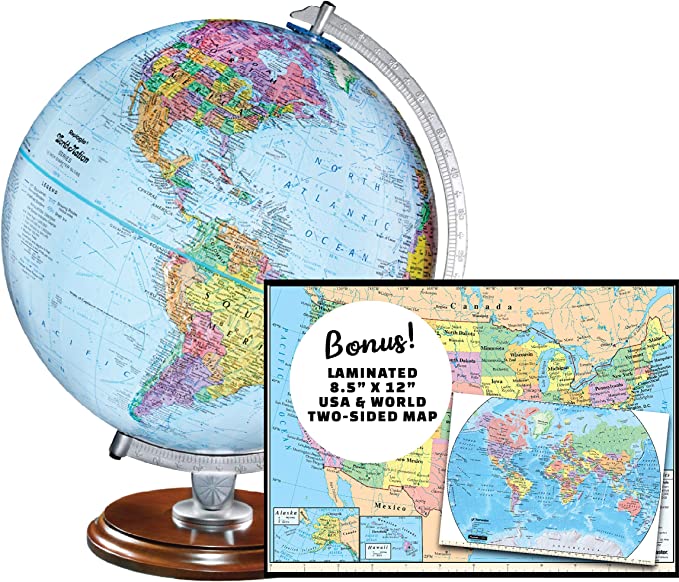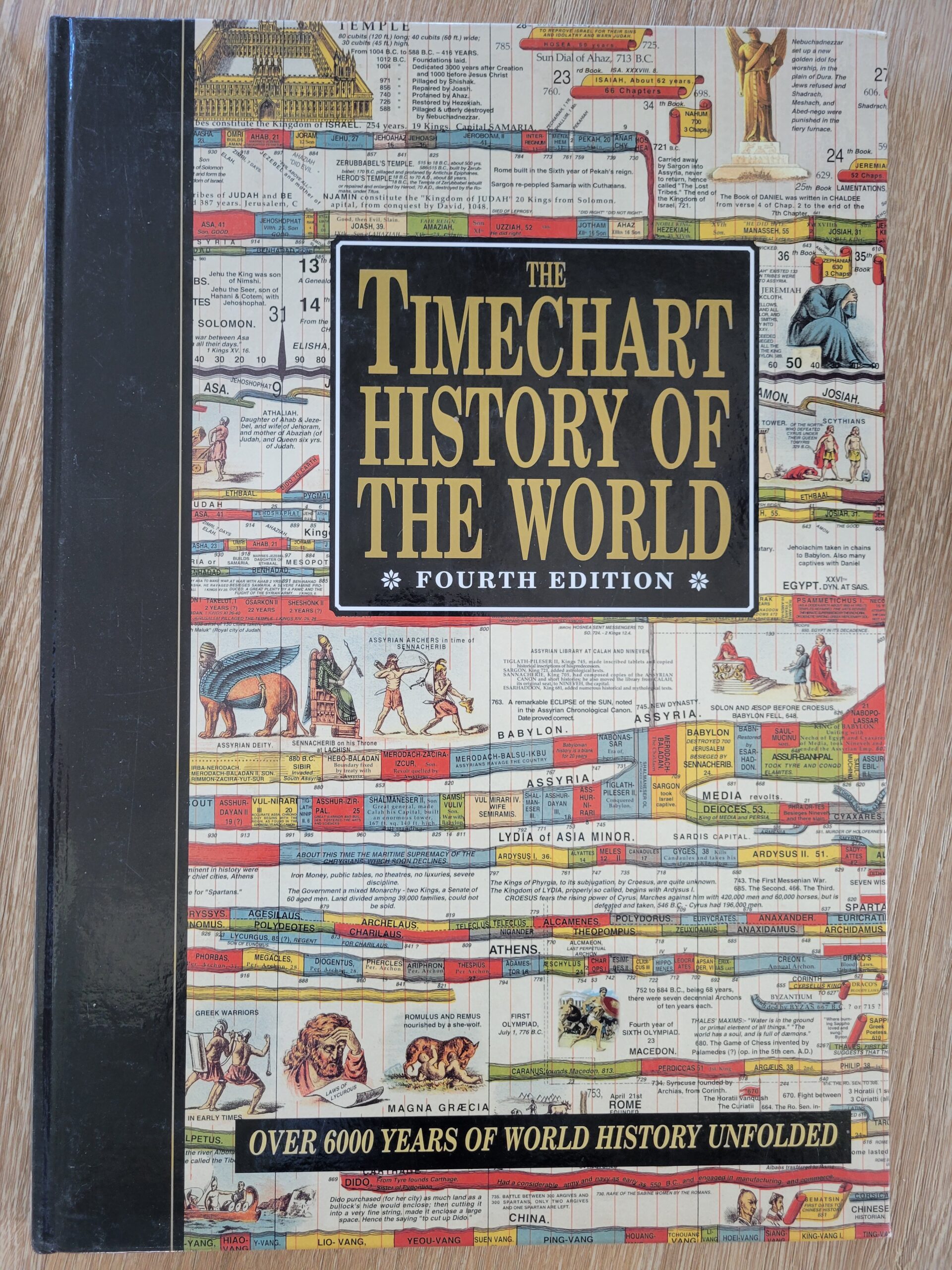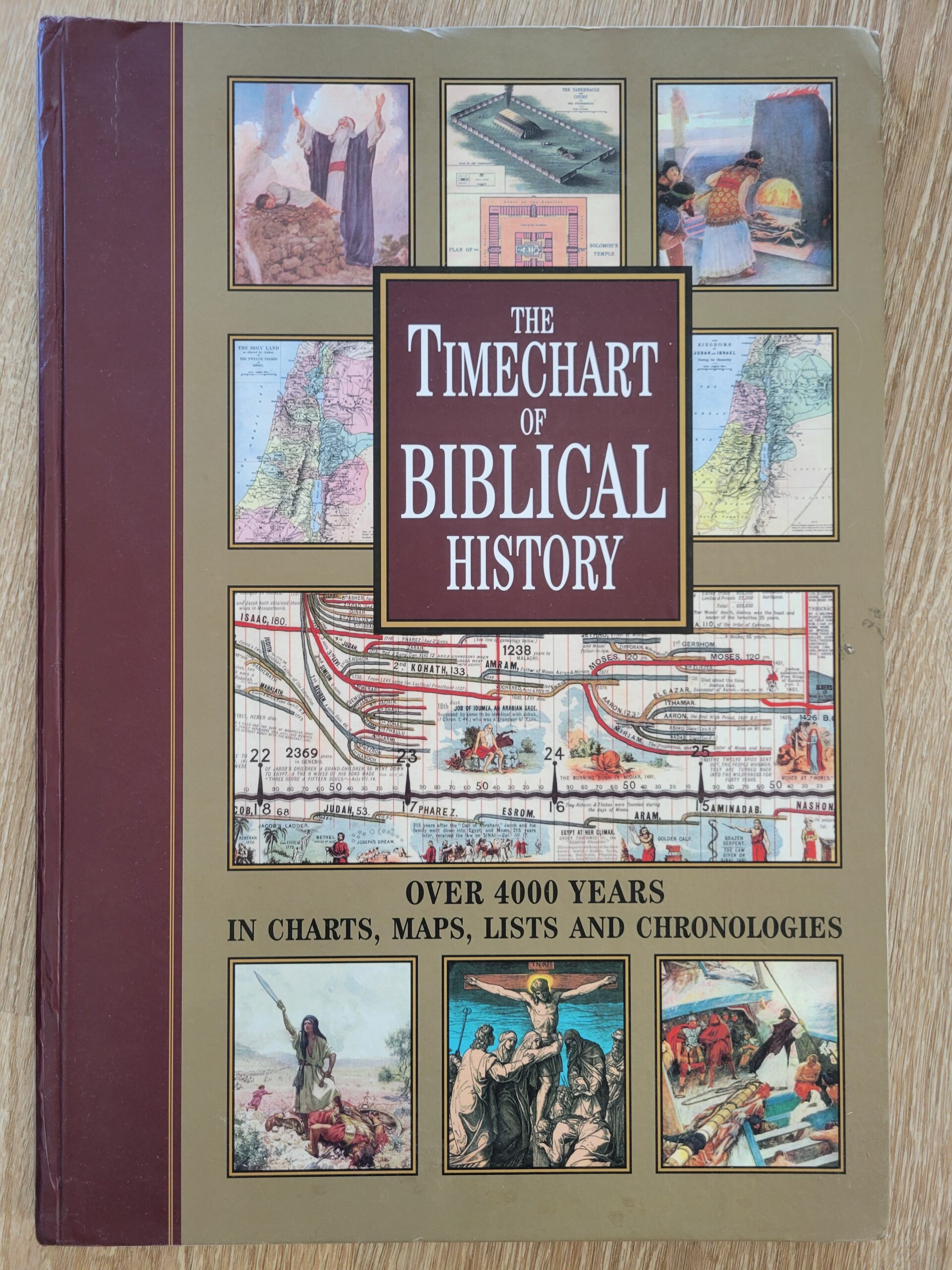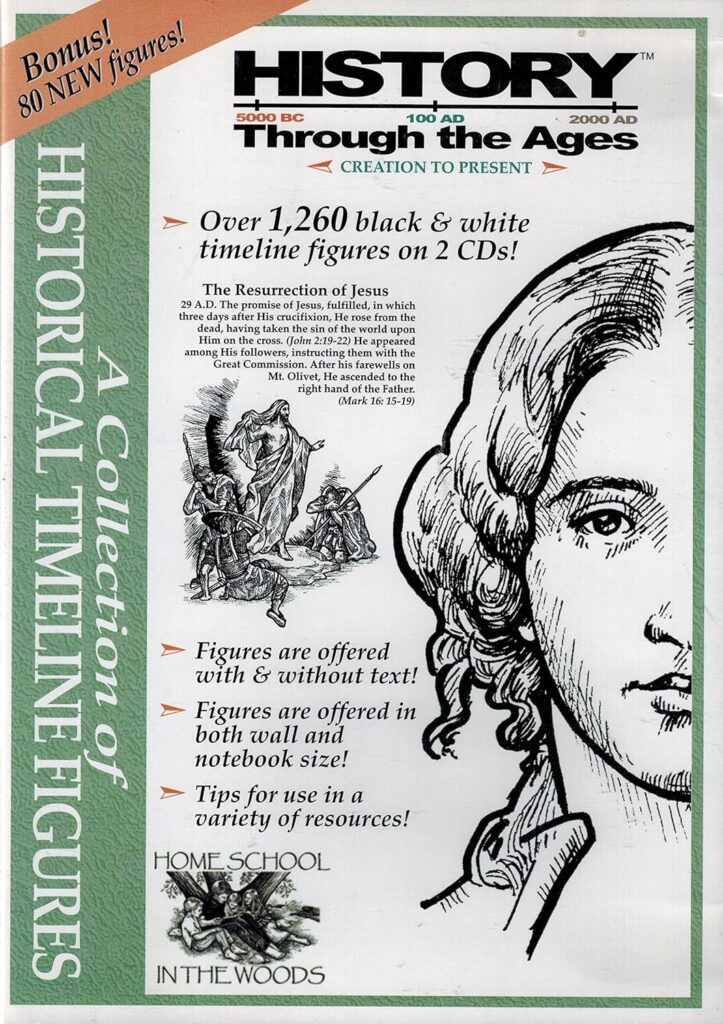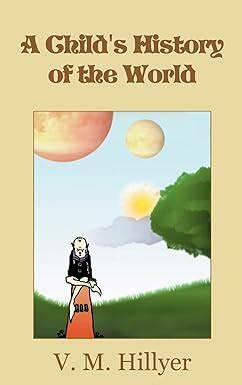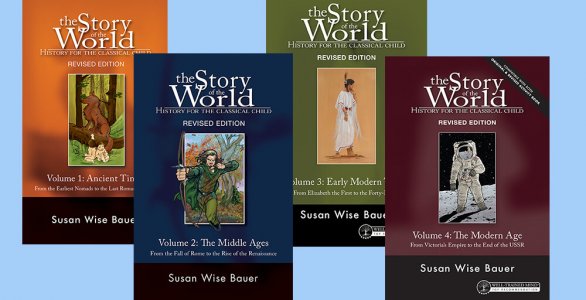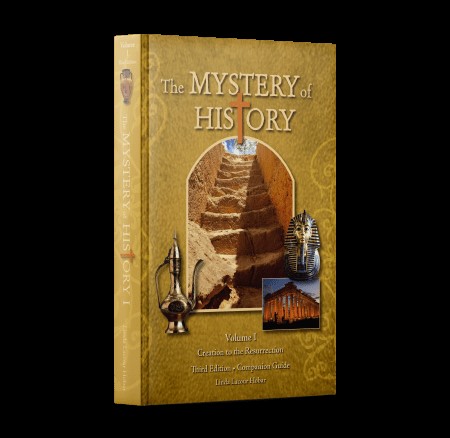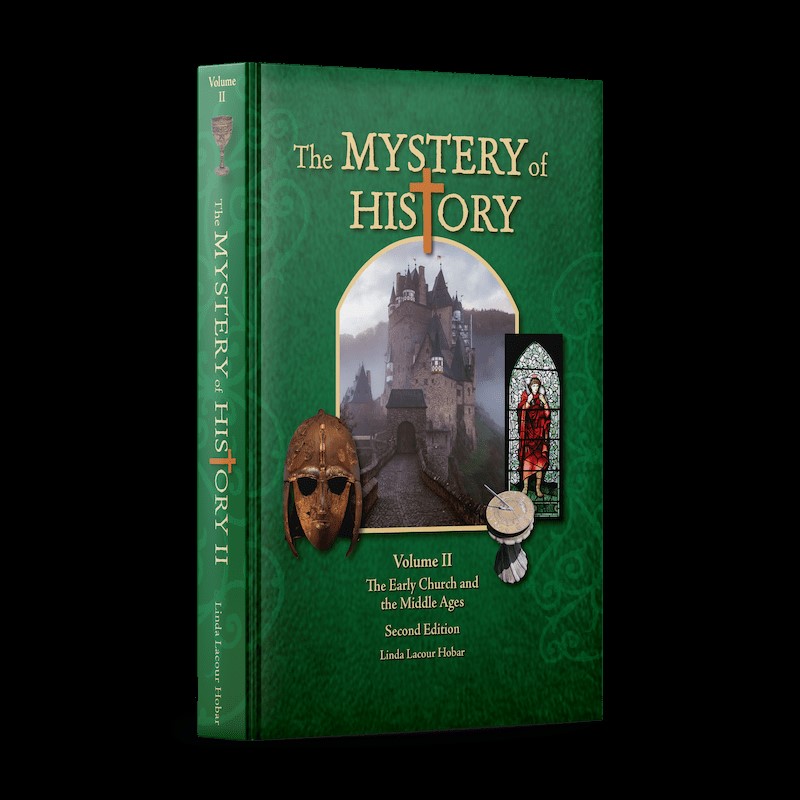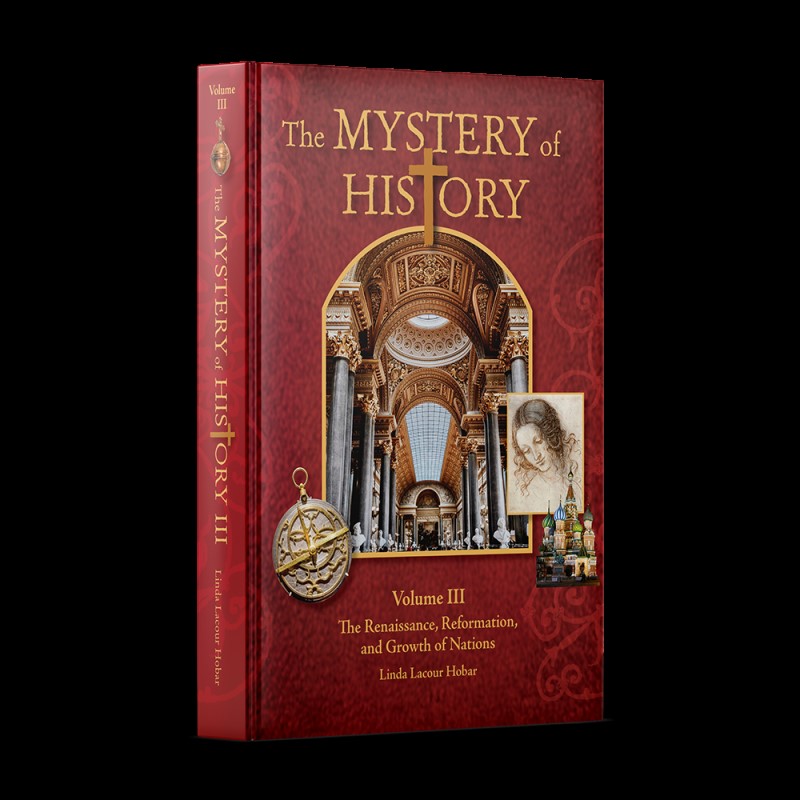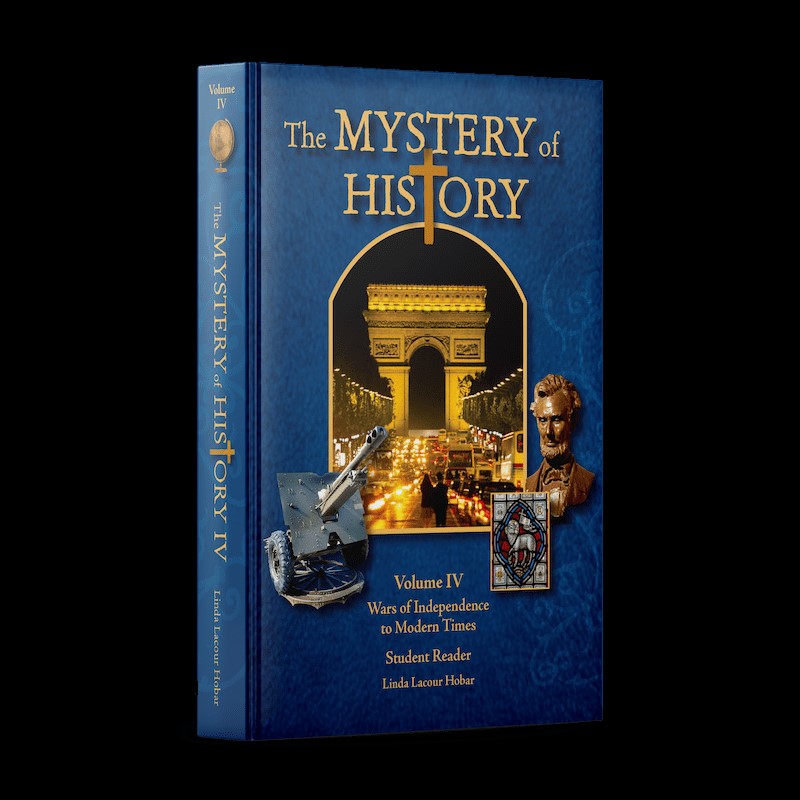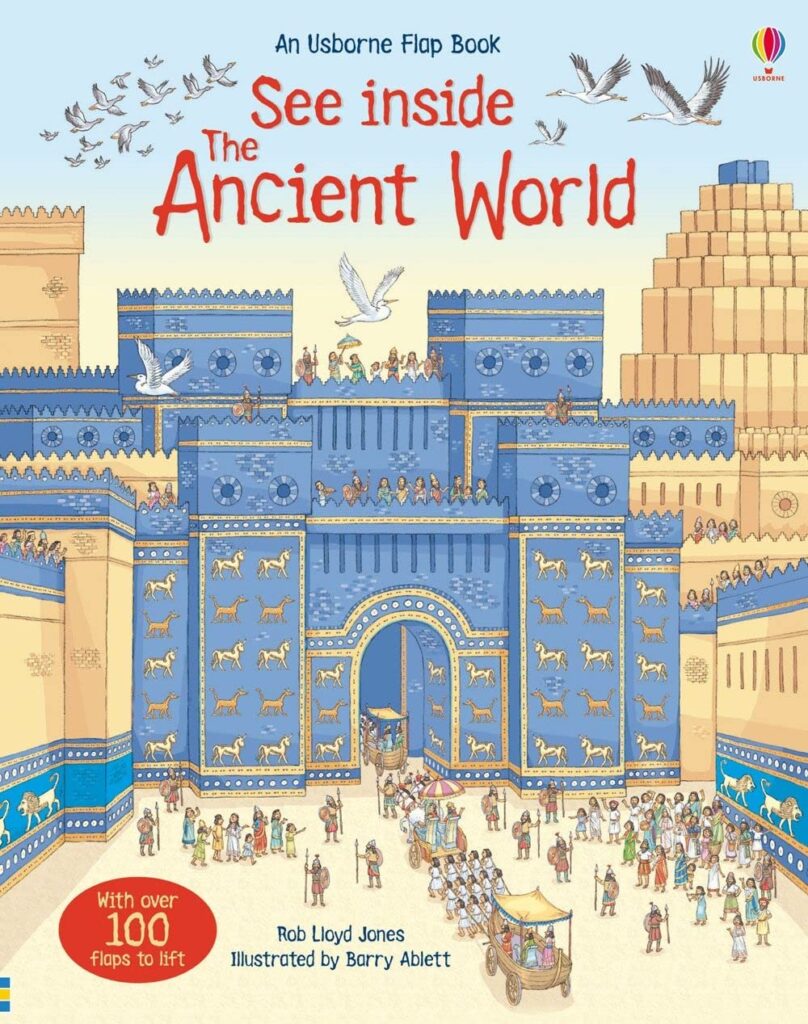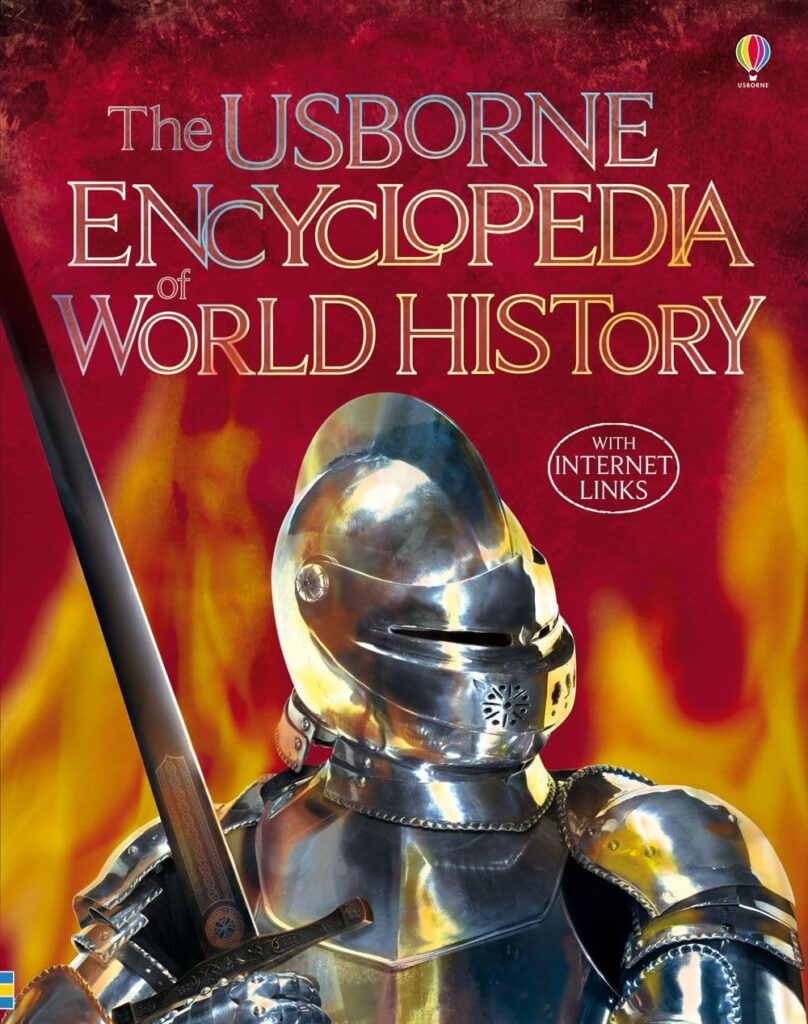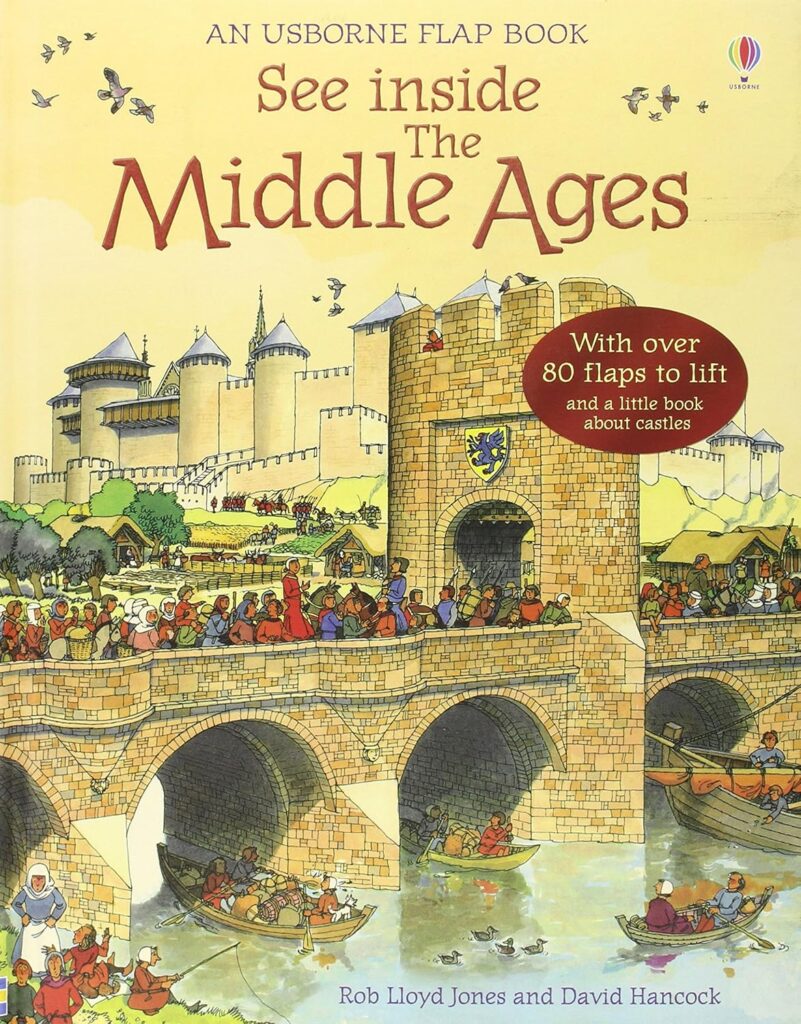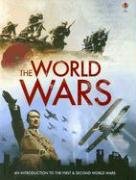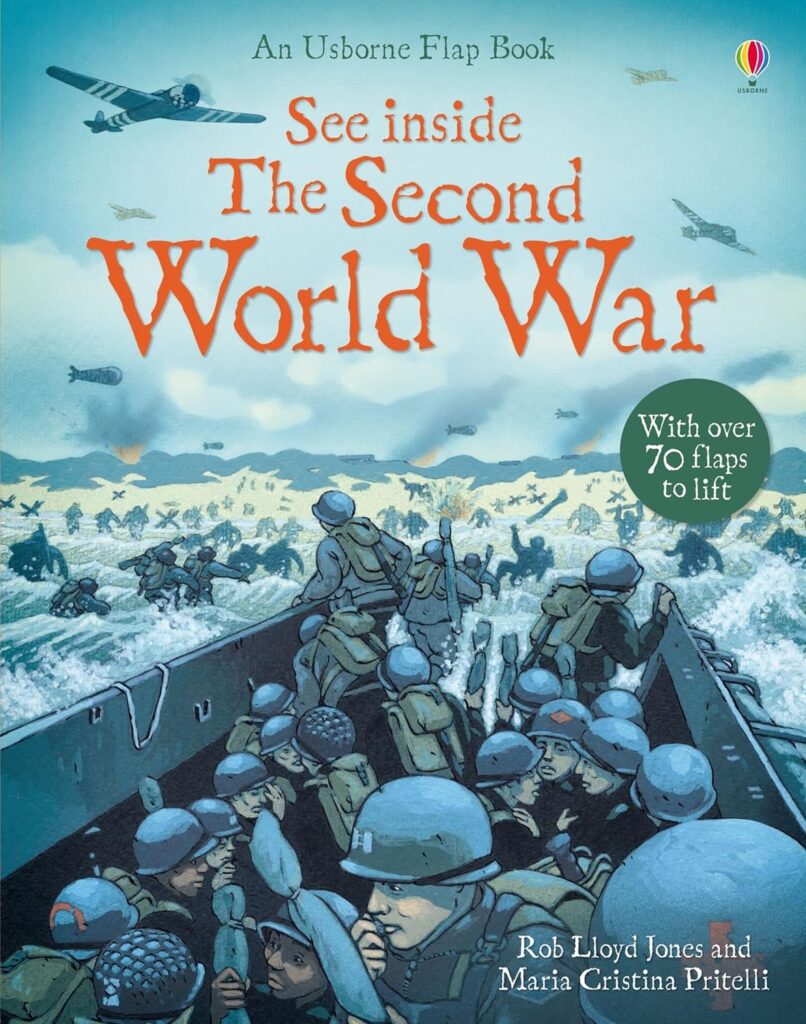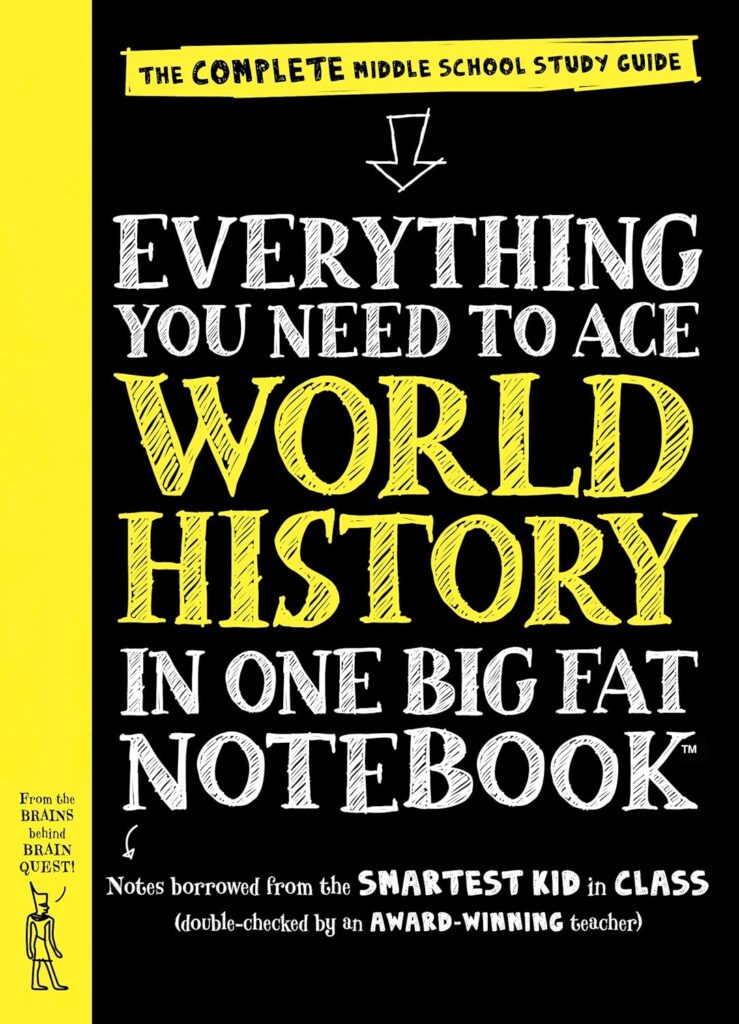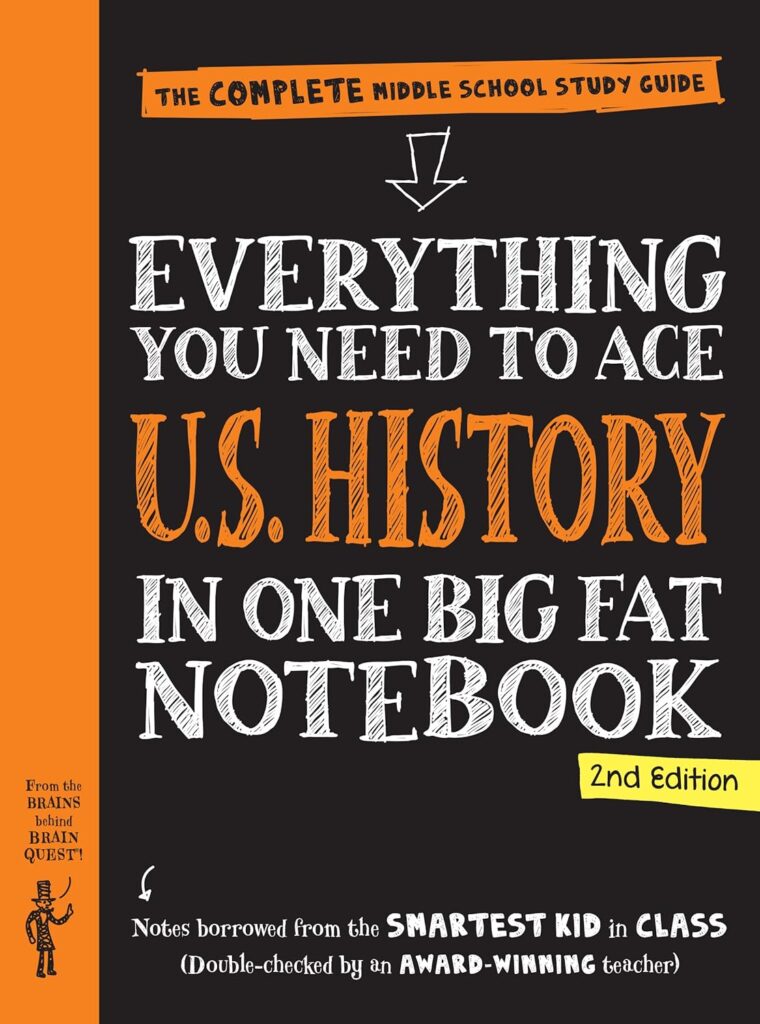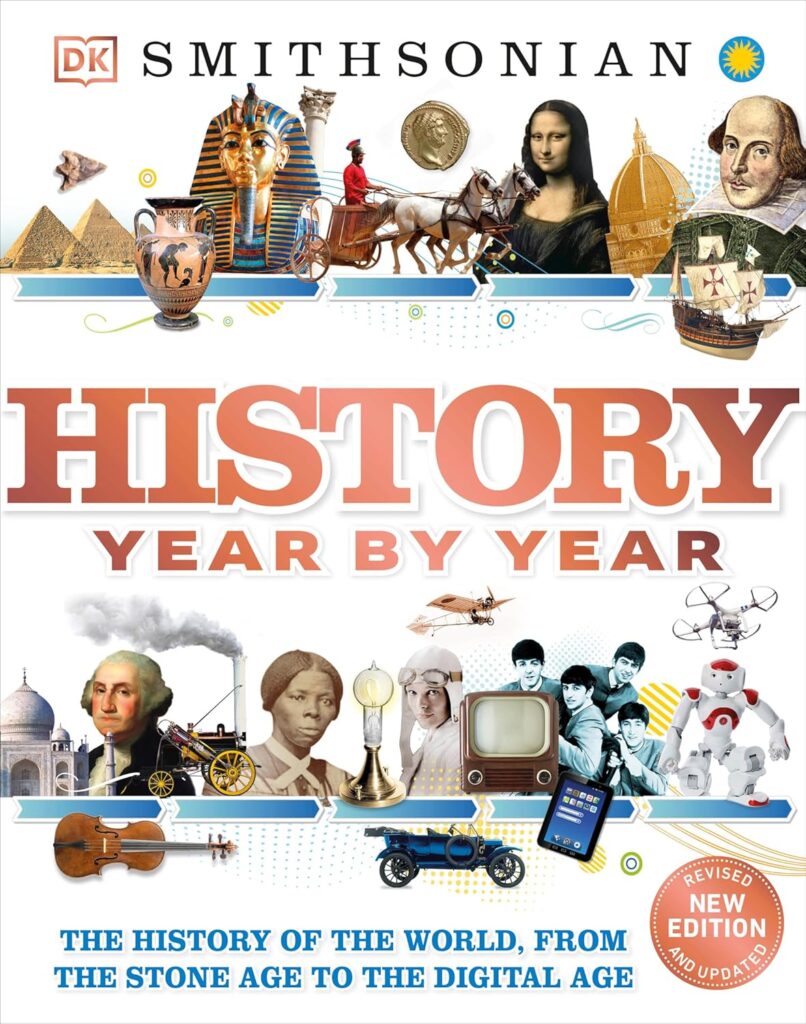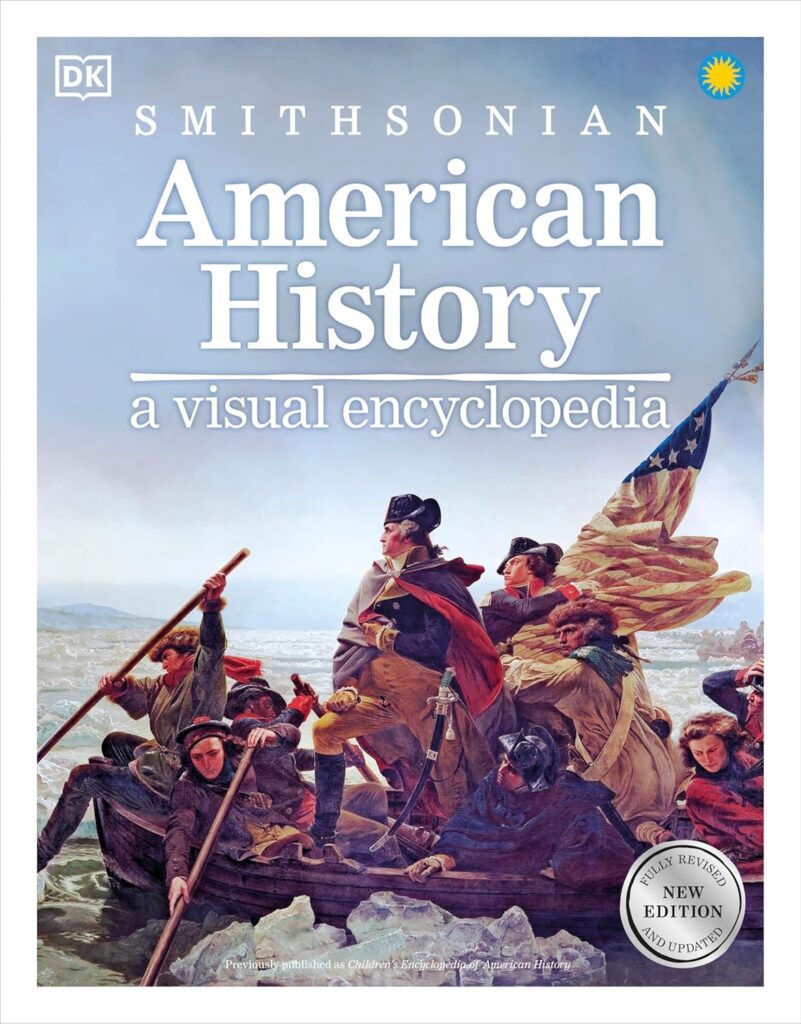Christian Unschooling: History
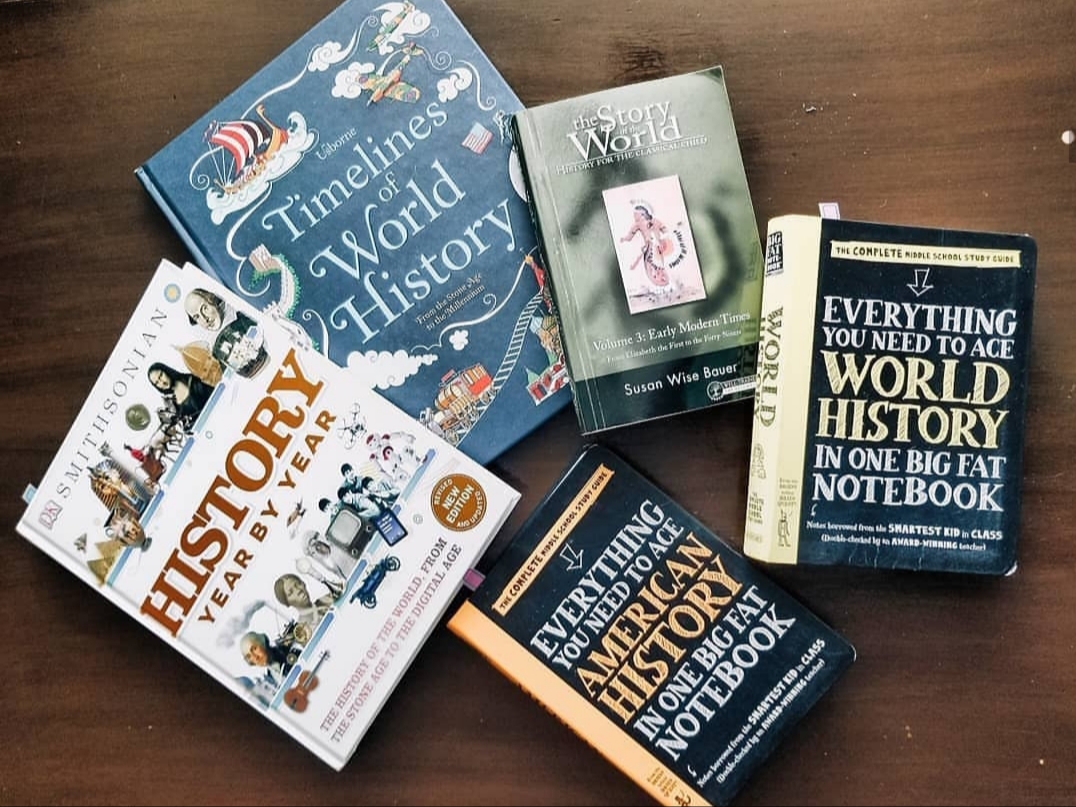
A Non-Negotiable for Our Family
History is, and has always been, a core value in our home, one that trumps grammar rules and math facts.
As Christians, I firmly believe in the importance of discipling our kids through God’s big story (creation, the fall, redemption, restoration), and understanding history is a major element of that discipleship; it helps us see God’s hand at work from the first day of creation through the present. So, for us, unschooling history doesn’t look like a separate subject, but instead serves as the “spine” for all of our other learning.
A Classical Approach to Unschooling History?
This sounds strange, especially since we are unschoolers, but we’ve actually utilized the classical method of learning chronologically, over a 4-year cycle (which for us, took a little longer, because of our relaxed approach), beginning with the ancient world and ending with modern times. This method has allowed us to make meaningful connections with all the other disciplines (science, art, music, literature, geography & cultures, etc.), because of the big picture context, as opposed to learning bits and pieces of history arbitrarily.
For example, when we went through ancient history, we learned about the ice age, dinosaurs, fossil and then later about mummification and pyramids (science and engineering). When we went through the medieval period, we learned about illuminated manuscripts and then later the invention of the printing press and how led to the reformation (art, technology, and church history). When studying the American revolutionary period, we learned about monarchies versus democracies (government). And so on.
Both Big Bro and Big Sis went through this cycle in their elementary years, and I am now going through it again with Baby Sis.
But What Does That Look Like with an Unschooling Rhythm?
First, we weren’t always unschoolers. When we began our home education journey, we did use boxed curriculum that essentially “trained” me in this chronological method, which I found value in. When we switched over to a life without boxed curriculum, I simply utilized our Morning Collective time (which I share a little bit about in this post) to read from a variety of history resources (we’ve used things like A Child’s History of the World, The Story of the World, The Mystery of History, books that outline history in chronological order, like The Usborne Encyclopedia of World History, and more).
I would present a buffet of information for my kids – nibbles here and there – and if they were really interested in a time period, person, place, or really anything that piqued their interest from this buffet, they were free to feast (aka take deep dives) accordingly!
Practically speaking, this looked like stopping often (instead of feeling pressured to keep reading just to make sure we got to the end of a resource by a set deadline). Oftentimes, I wouldn’t read the entirety of a chapter (or skip it altogether), depending on where my kids were at (this unschooling life really is about learning to “read” and “feel” them, as they lead their learning journey). We didn’t spend hours on history, unless they wanted to. Sometimes, I would read and we would be done. Sometimes they would ask questions, which led to more questions, and next thing you know, we are turning Costco boxes into Viking ships or stripping beds to use our comforters as tepees, LOL.
As a Christian unschooling mom, I don’t require or expect for my kids to remember every little thing about history. I don’t need them to regurgitate facts or recreate maps just so they can show me they are learning. All I really desire by teaching my kids history is that they understand there is a bigger story they are part of, and to be in awe of how God has revealed Himself to creation all along the way.
Tools, Resources, and Ideas for Unschooling History
This post contains affiliate links and we may earn compensation when you click on the links, at no additional cost to you.
GLOBES & MAPS
I don’t make my kids draw/diagram maps but as I am reading, I will point out on our globe and our maps what area of the world whatever we are reading about is taking place. This has helped my kids so much with understanding the context of the story, plus has served as a natural way of learning geography!
TIMELINES
We are visual learners, so timelines have helped us “see” how all the people, places, events fit together. We’ve made wall timelines using printable timeline figures and we also love opening up these large, full-color timeline books:
LOTS AND LOTS OF BOOKS!
Here are just some of the many we have enjoyed over the years. I make sure to point out what isn’t biblical or what is more a theory than a fact; in fact, I personally believe it helps cultivate critical thinking when we study and wrestle with resources that may not be in line with scripture (i.e. “millions of years”)!
FIELD TRIPS
Our family loves to incorporate travel into our homeschool because it makes our learning come alive! We’ve visited pioneer museums, checked out history exhibits, adventured through national parks and historic sites, “traveled through time” for a dining experience, and more. Out-of-the-home experiences just add to the wonder and awe of the big world and story we are part of.
